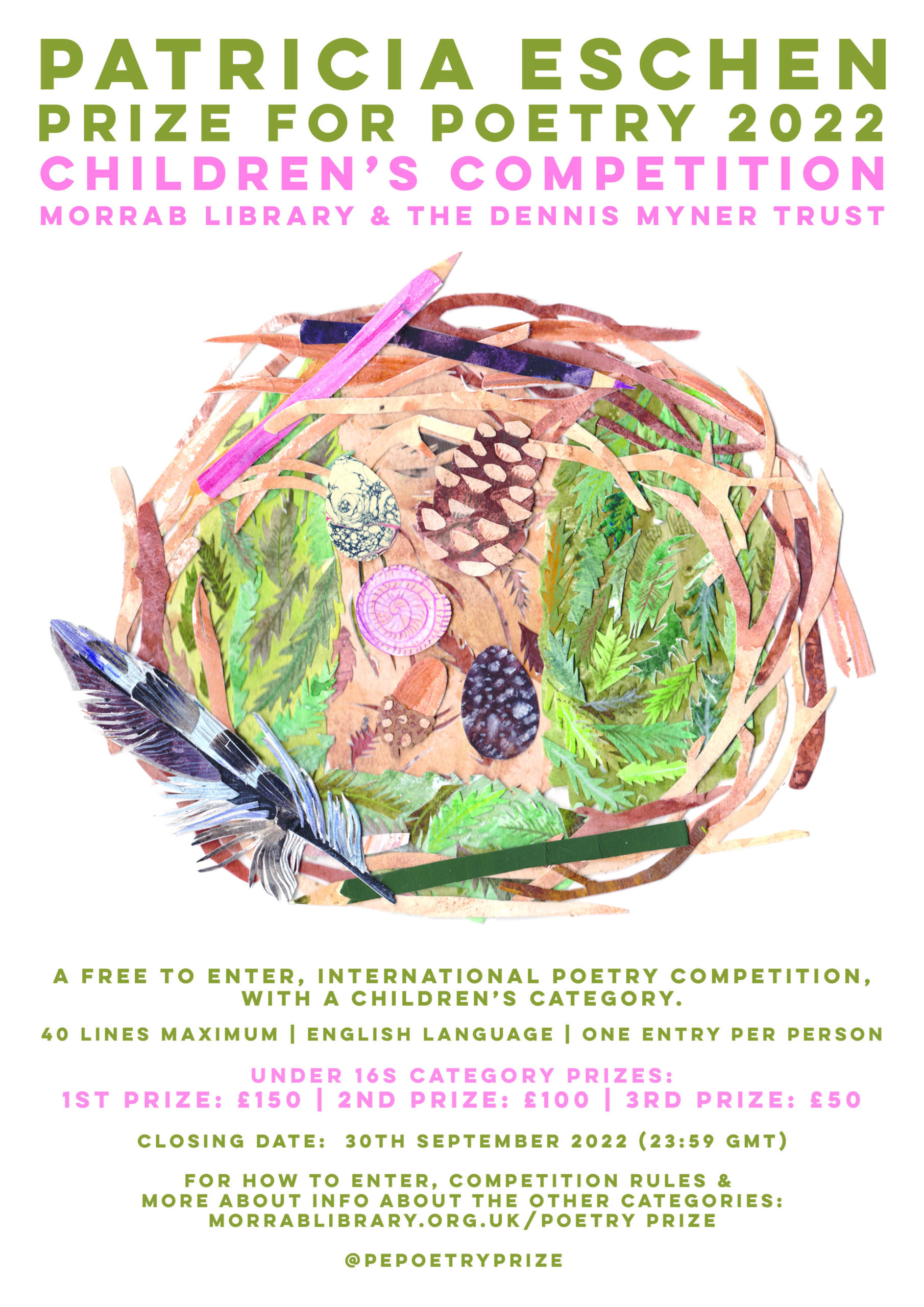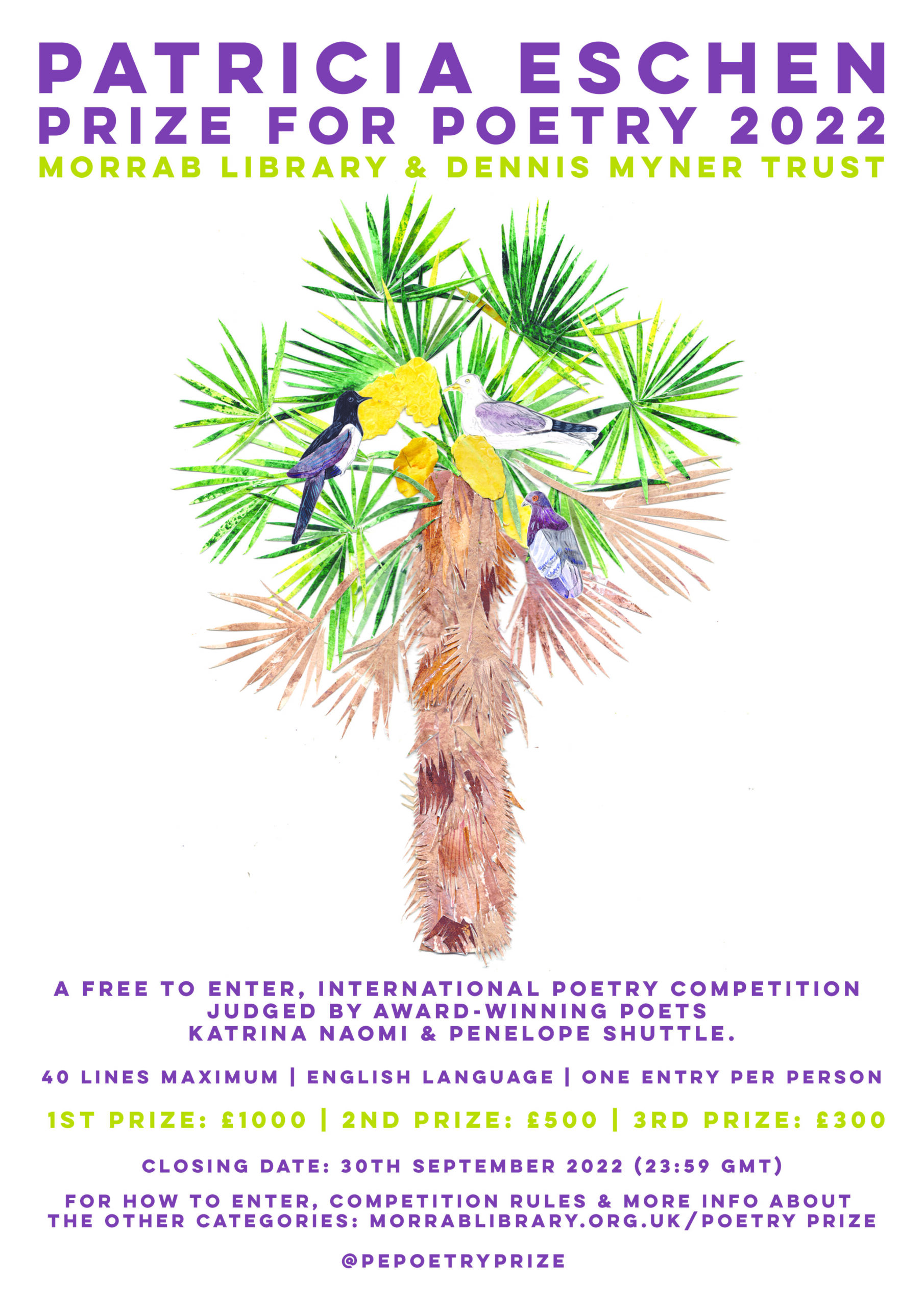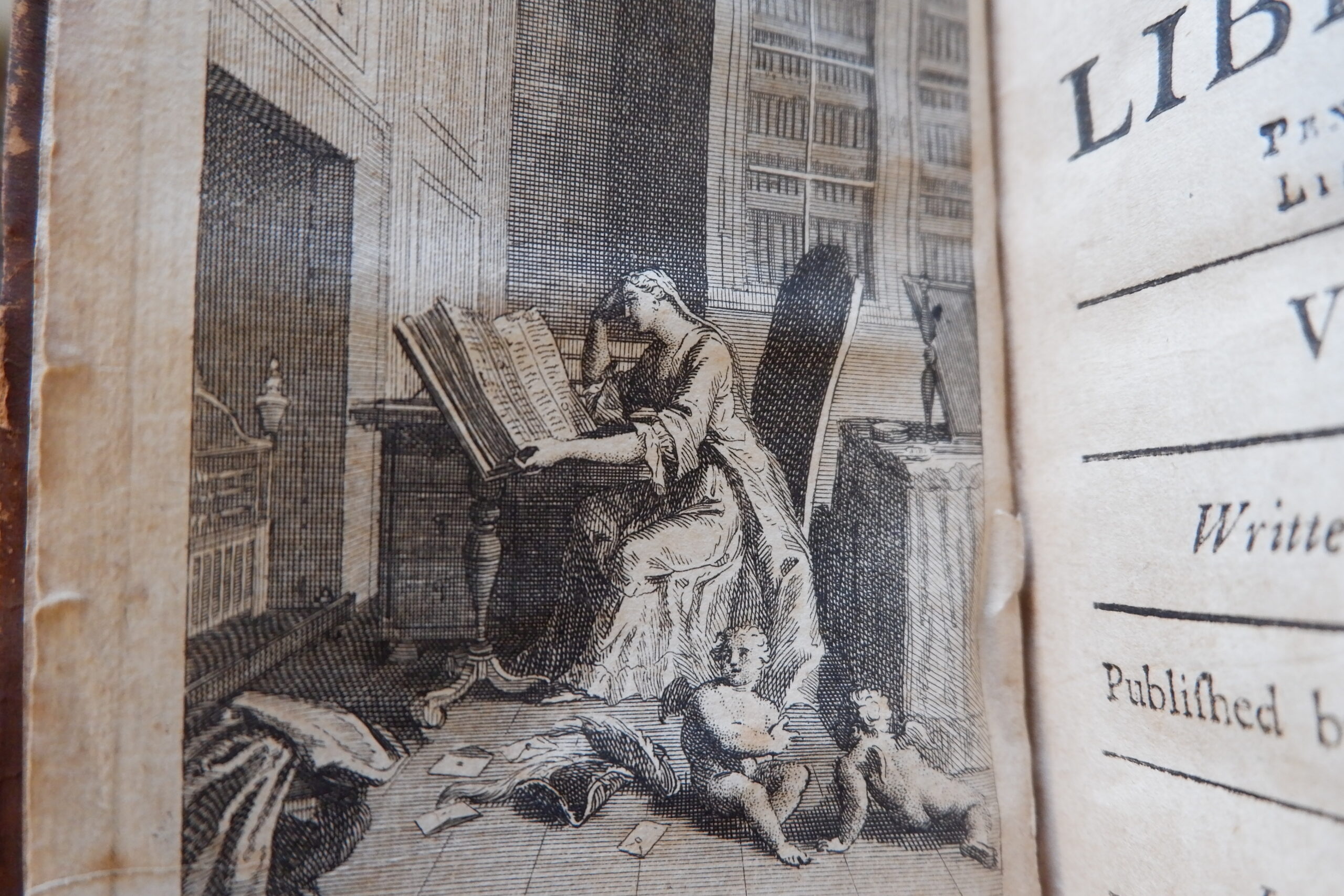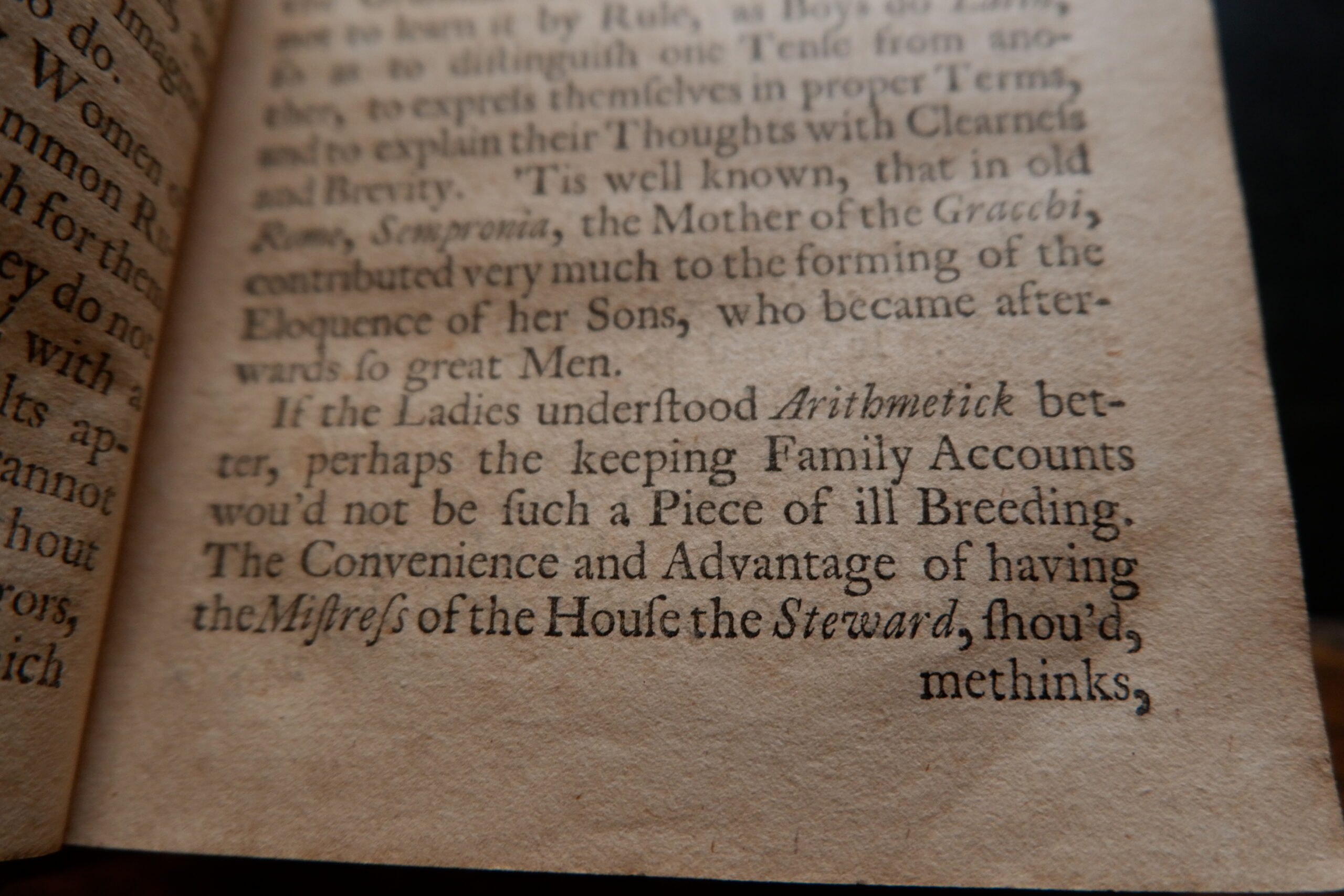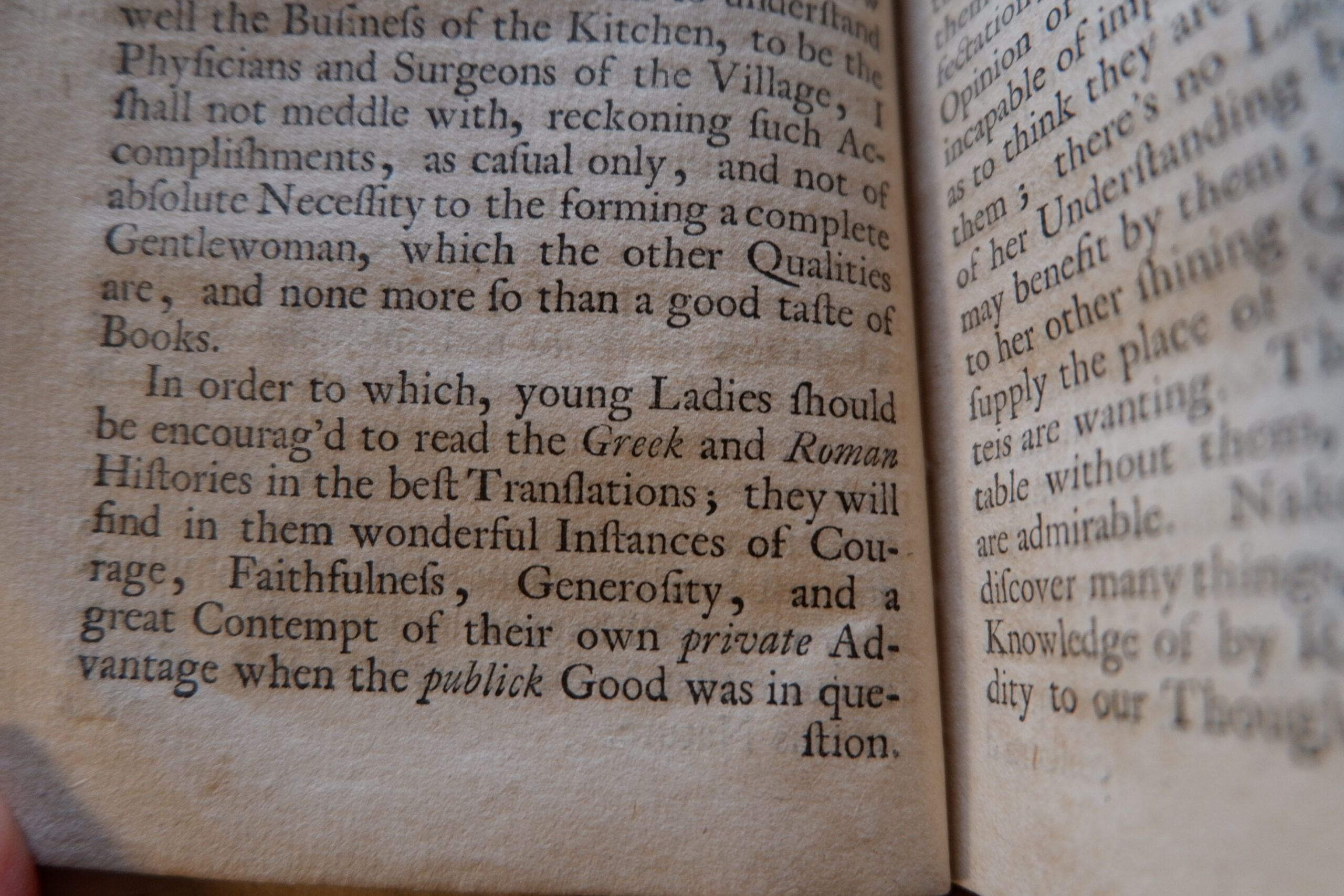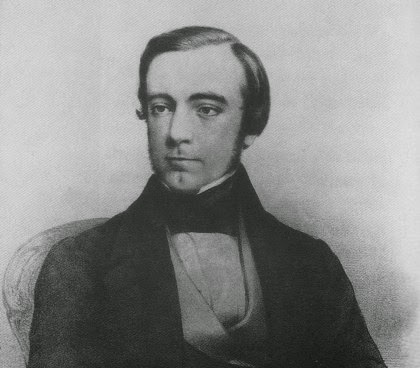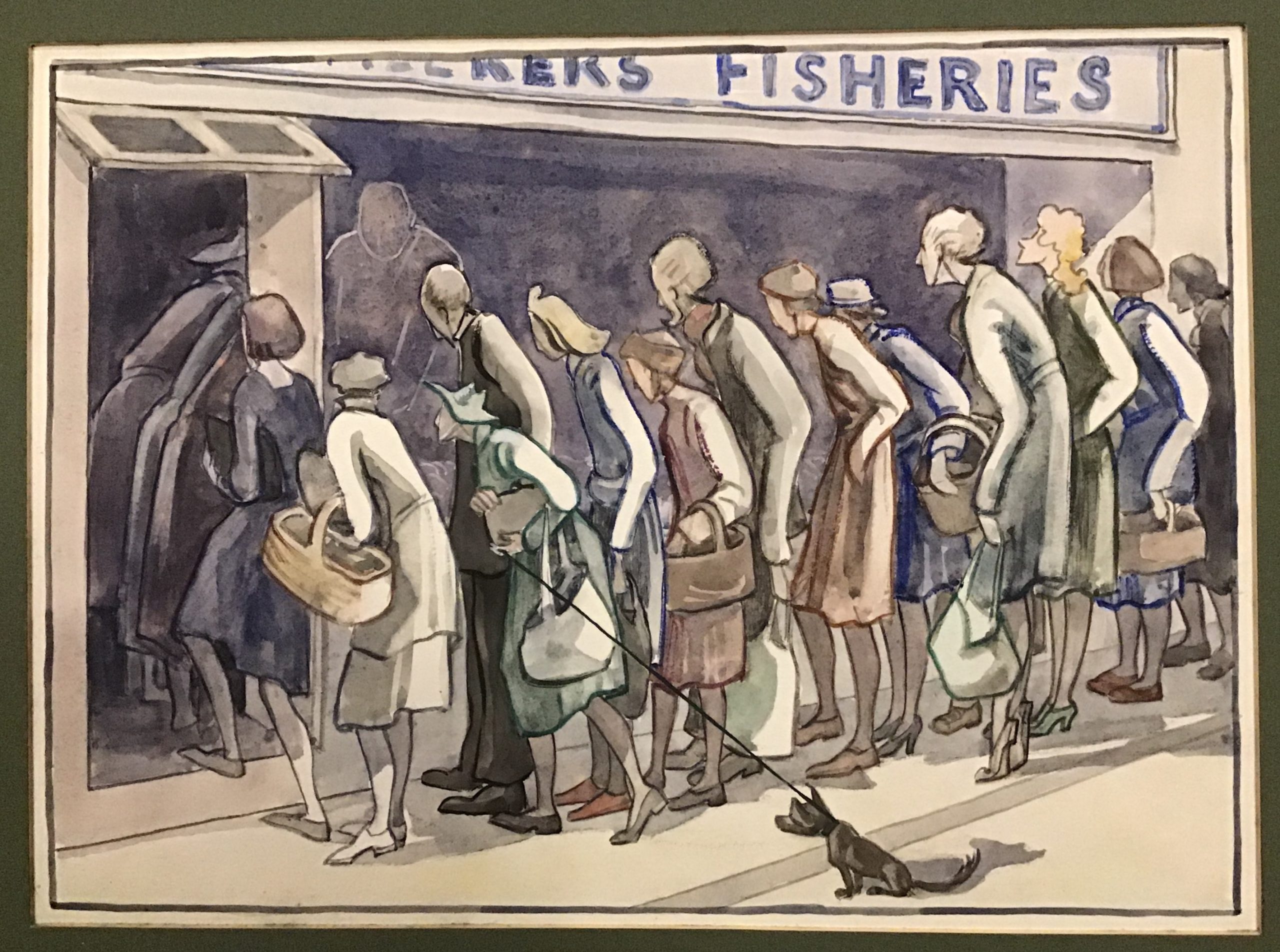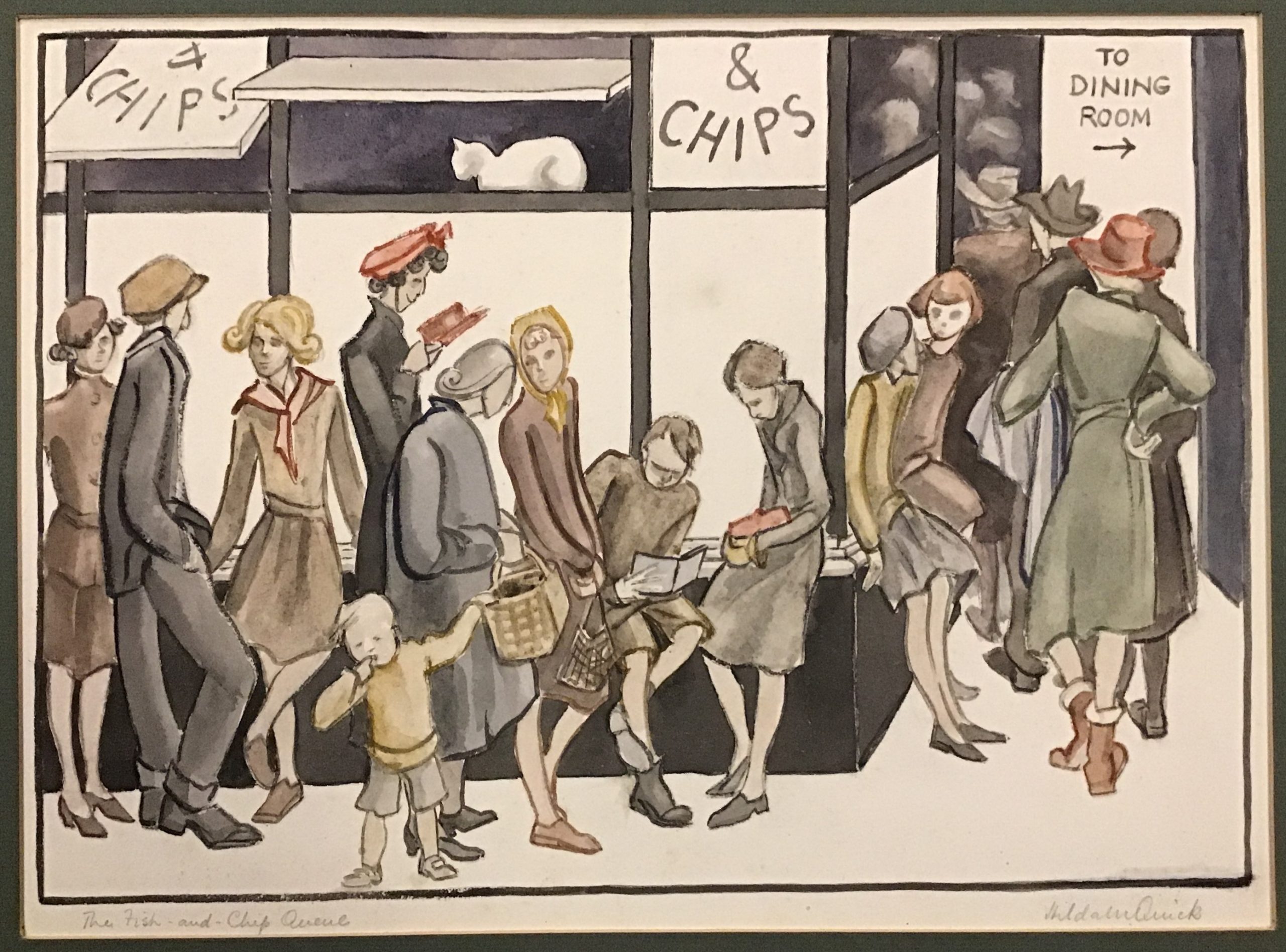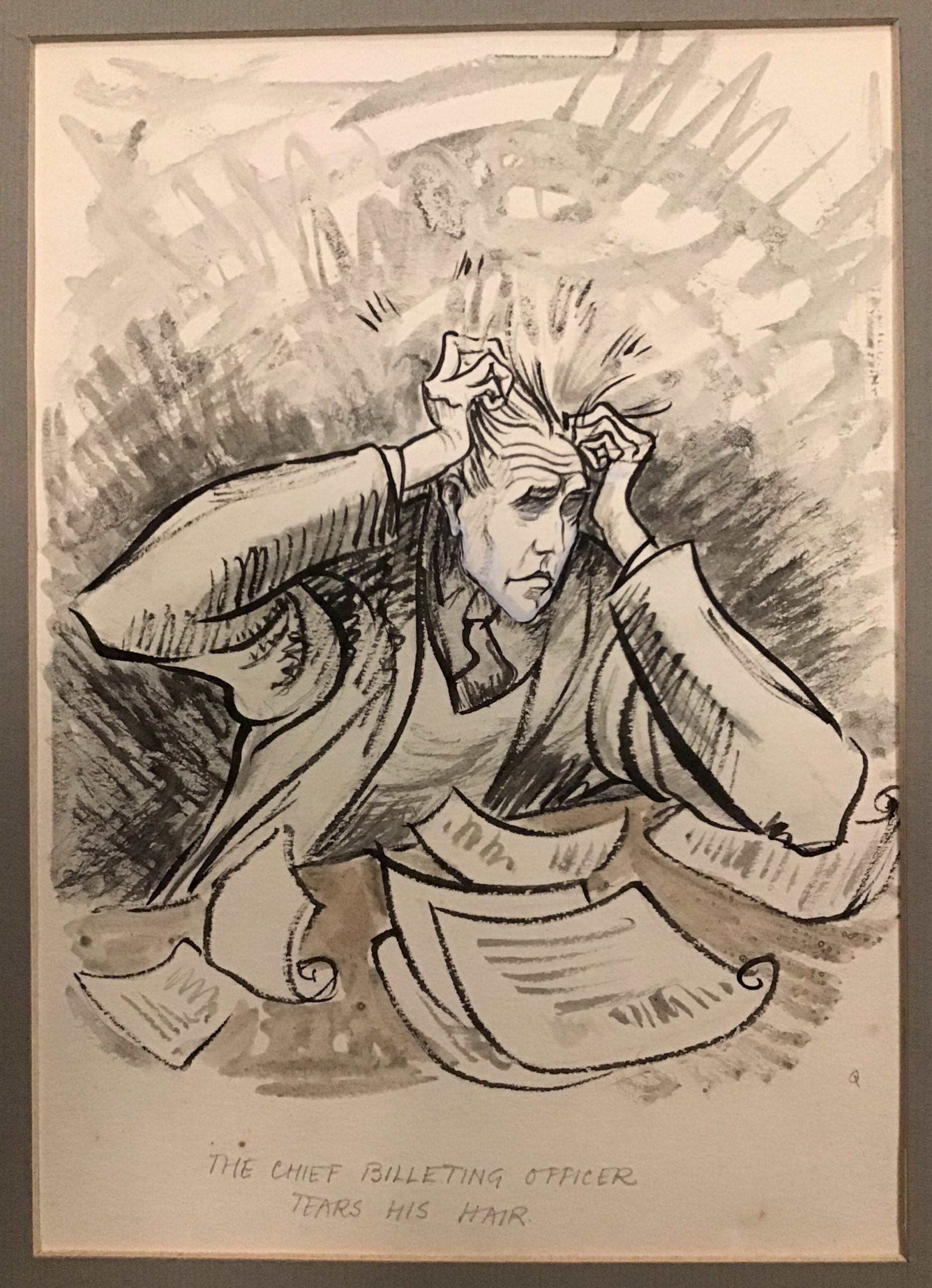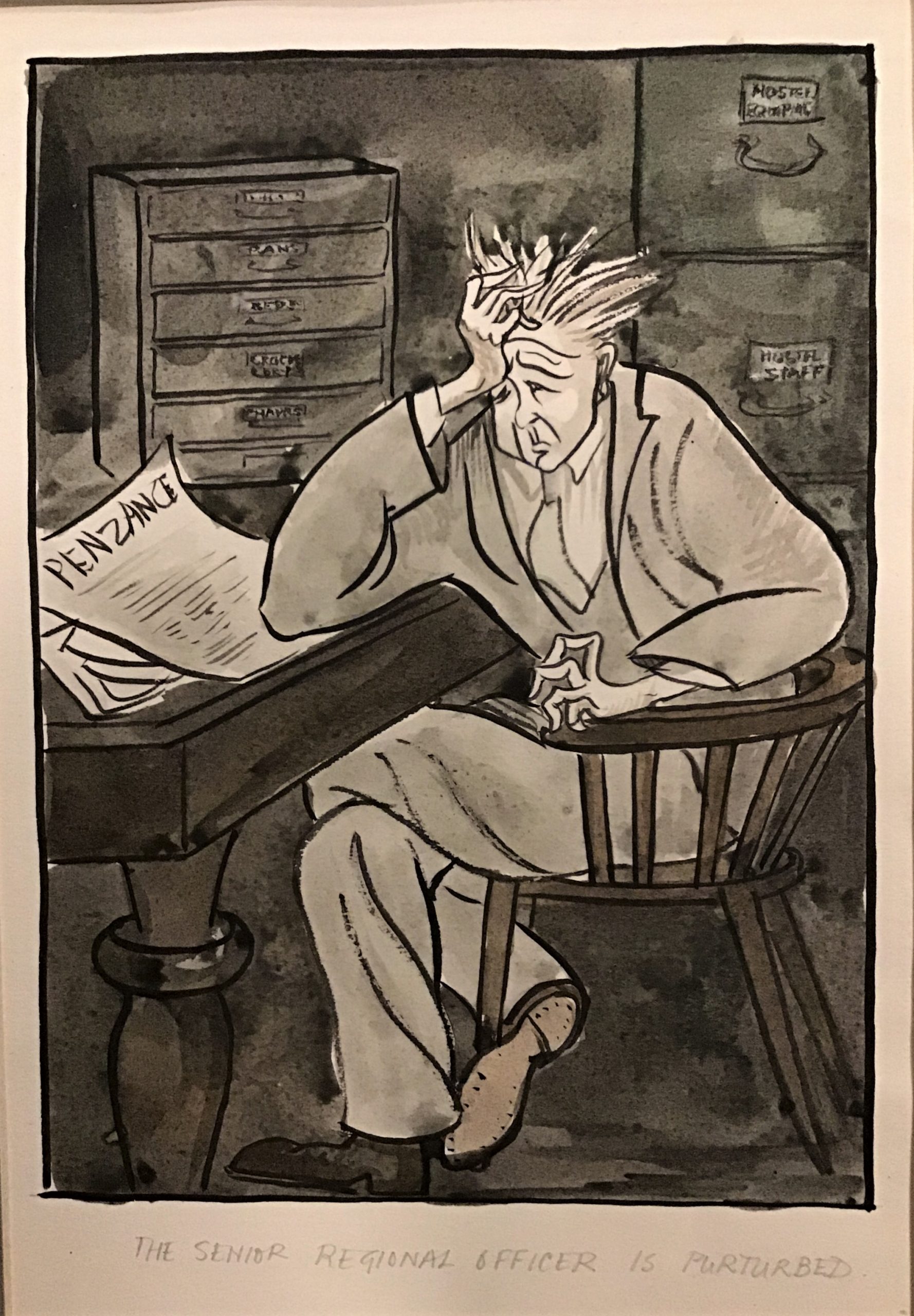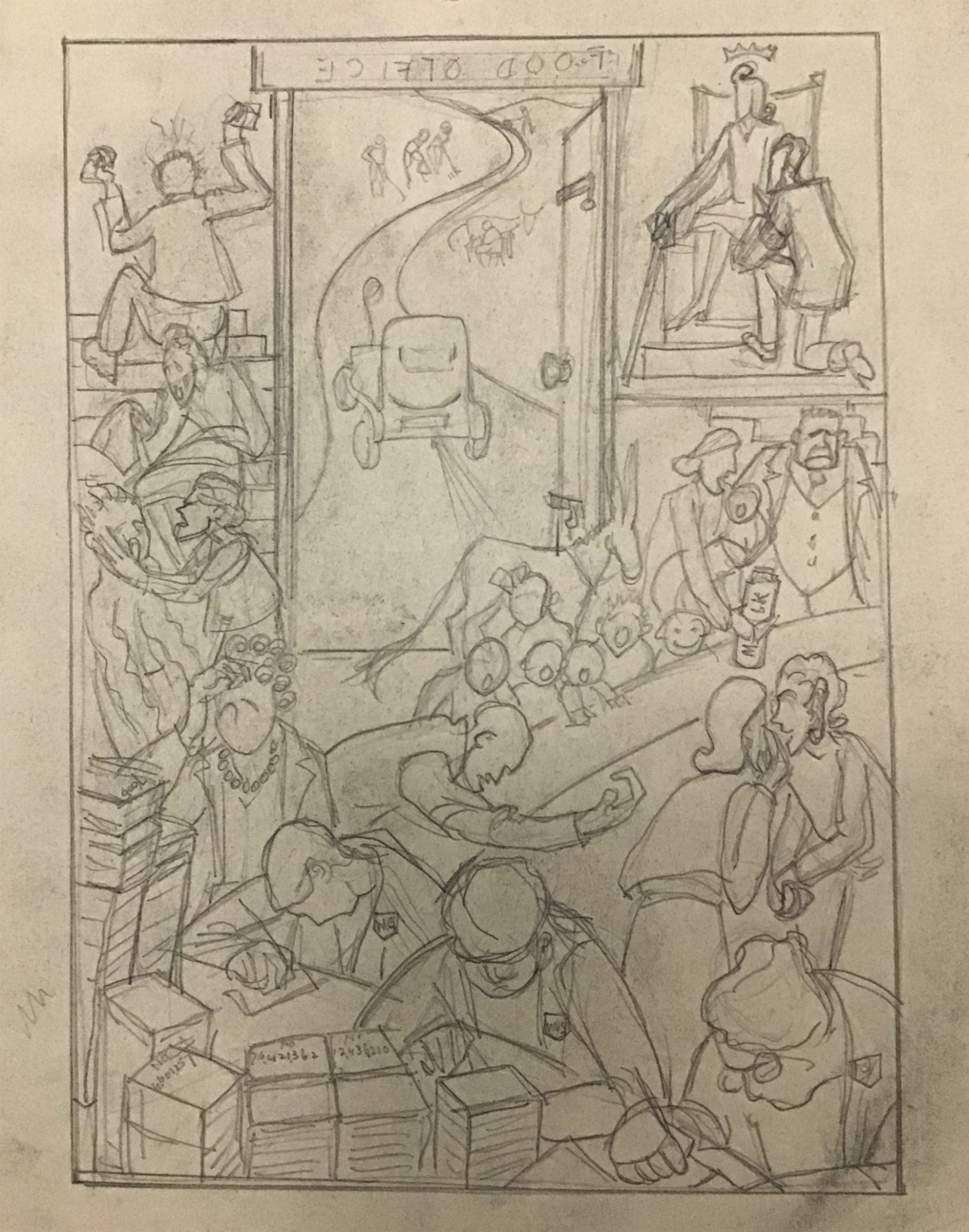Dennis Myner, Patricia Eschen and The Dennis Myner Trust

Morrab Library’s inaugural poetry competition is sponsored by The Dennis Myner Trust which continues the legacy of member and invaluable contributor to the library’s longevity – Dennis Myner.
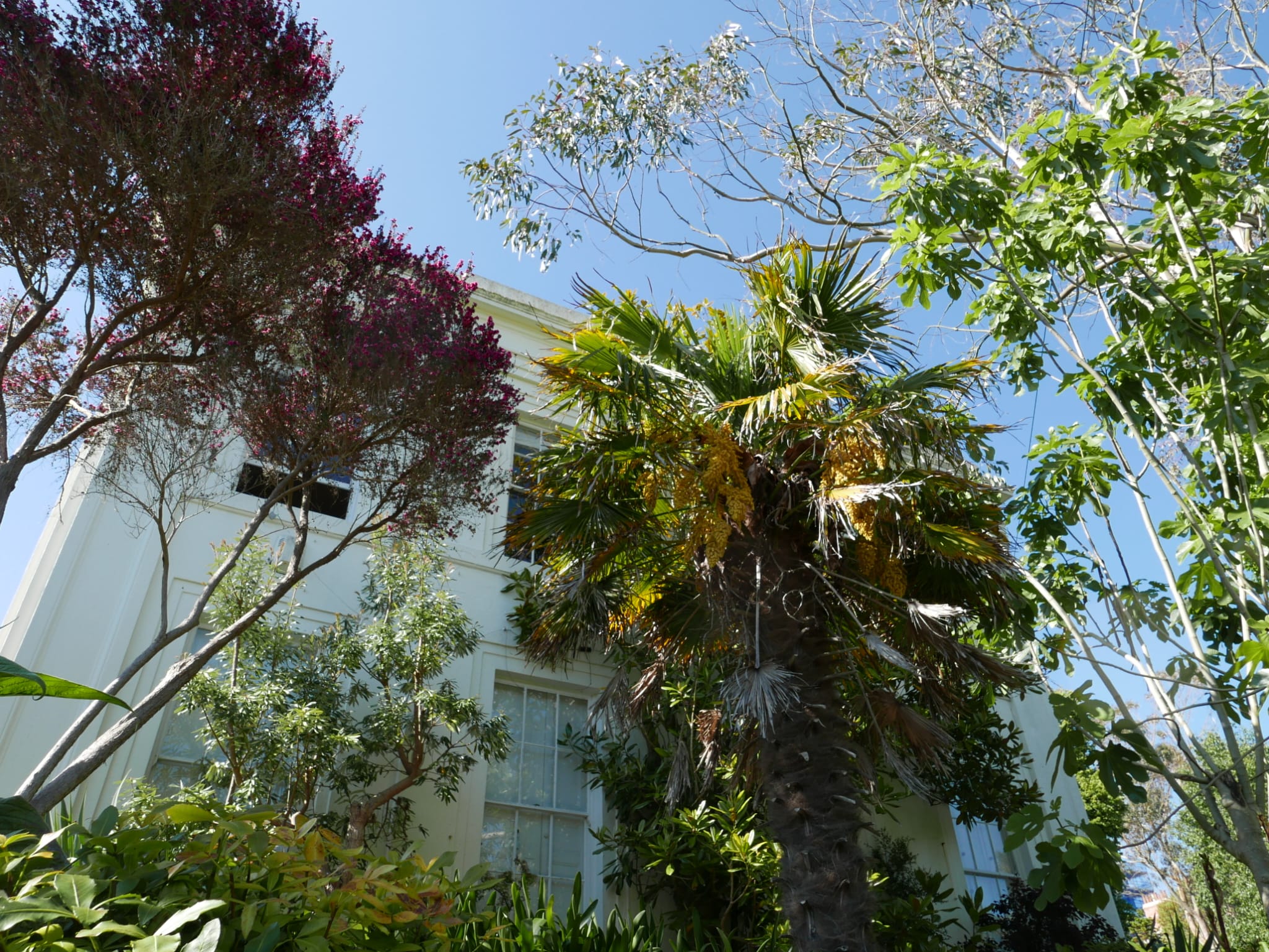
Who was Dennis Myner?
Dennis Myner was born in London in 1927. During WWII, his family moved to St. Albans where he later qualified as an architect. He moved to Penzance for his mother’s health in the late 1950s and in the early 1960s built his own house in St. Ives, where he set up his architectural practice.
Dennis frequented the Morrab Library’s Photo Archive during his retirement where he would purchase photographs to recreate in paint. This fervent hobby was encouraged by his sister, Patricia Eschen, who bought him his first set of oils and brushes when he retired, saying that he would need something to keep him busy! He set himself the goal of painting 300 pictures and had reached an impressive total of 753 just a few months before he died.
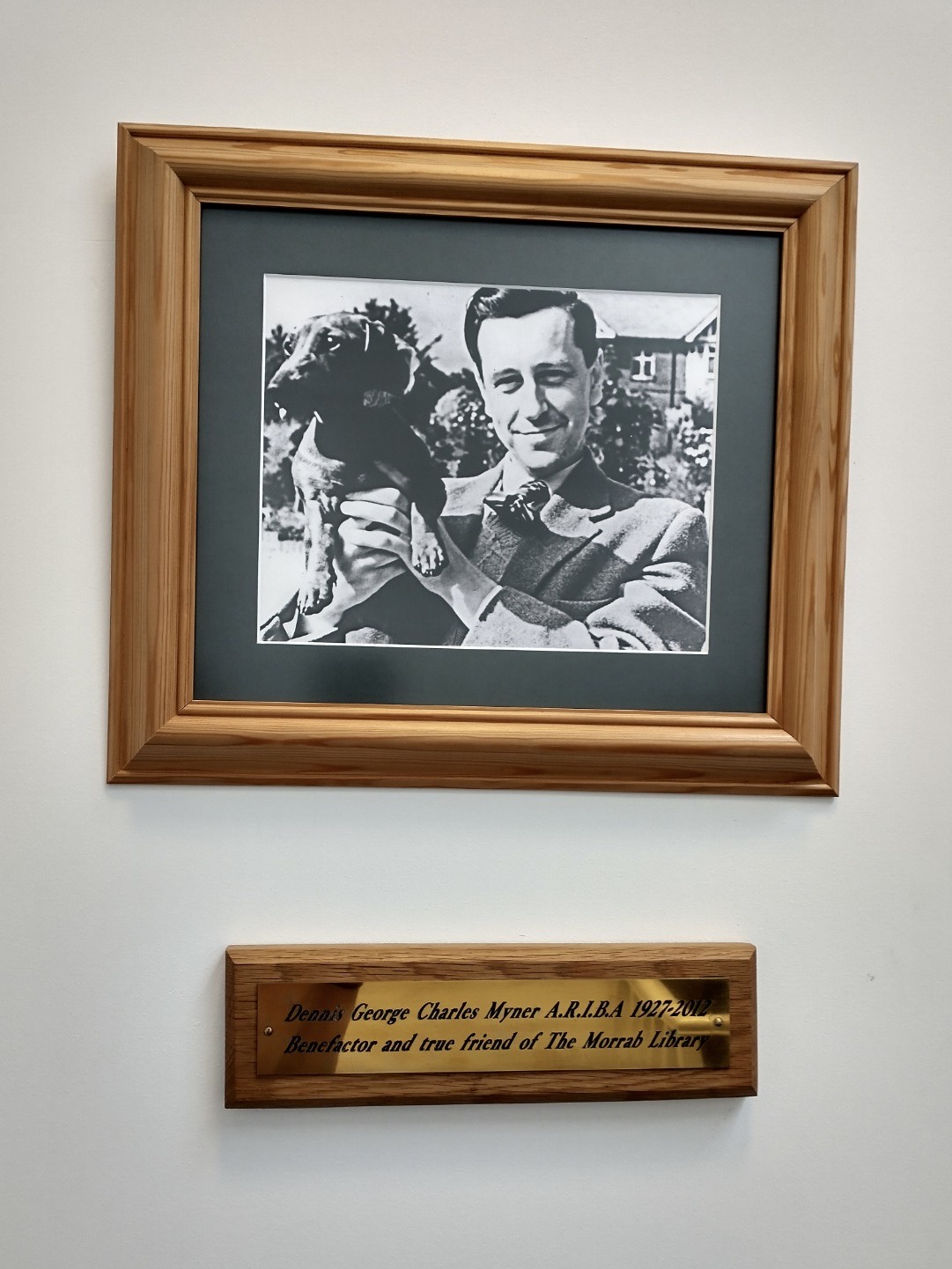
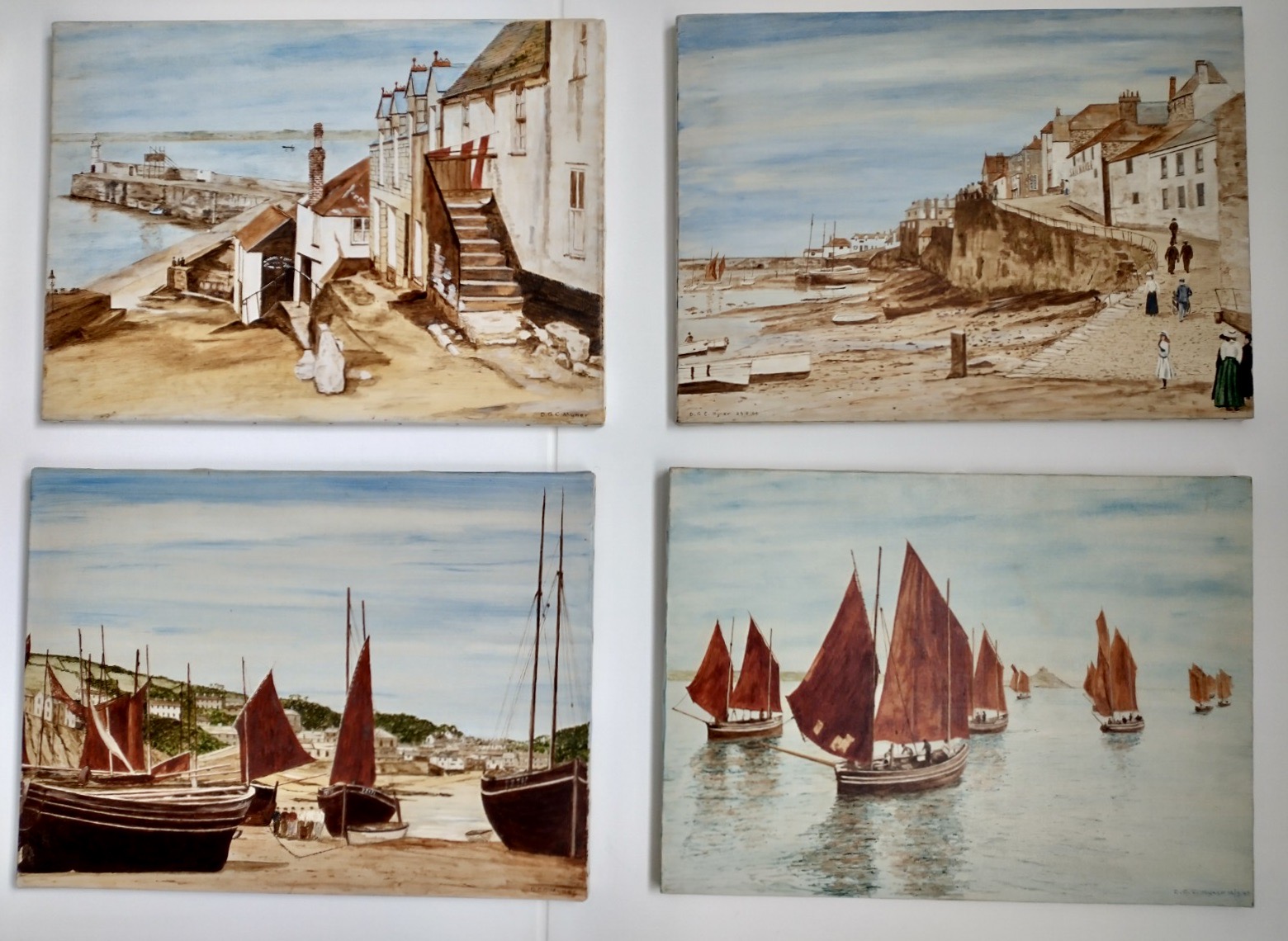
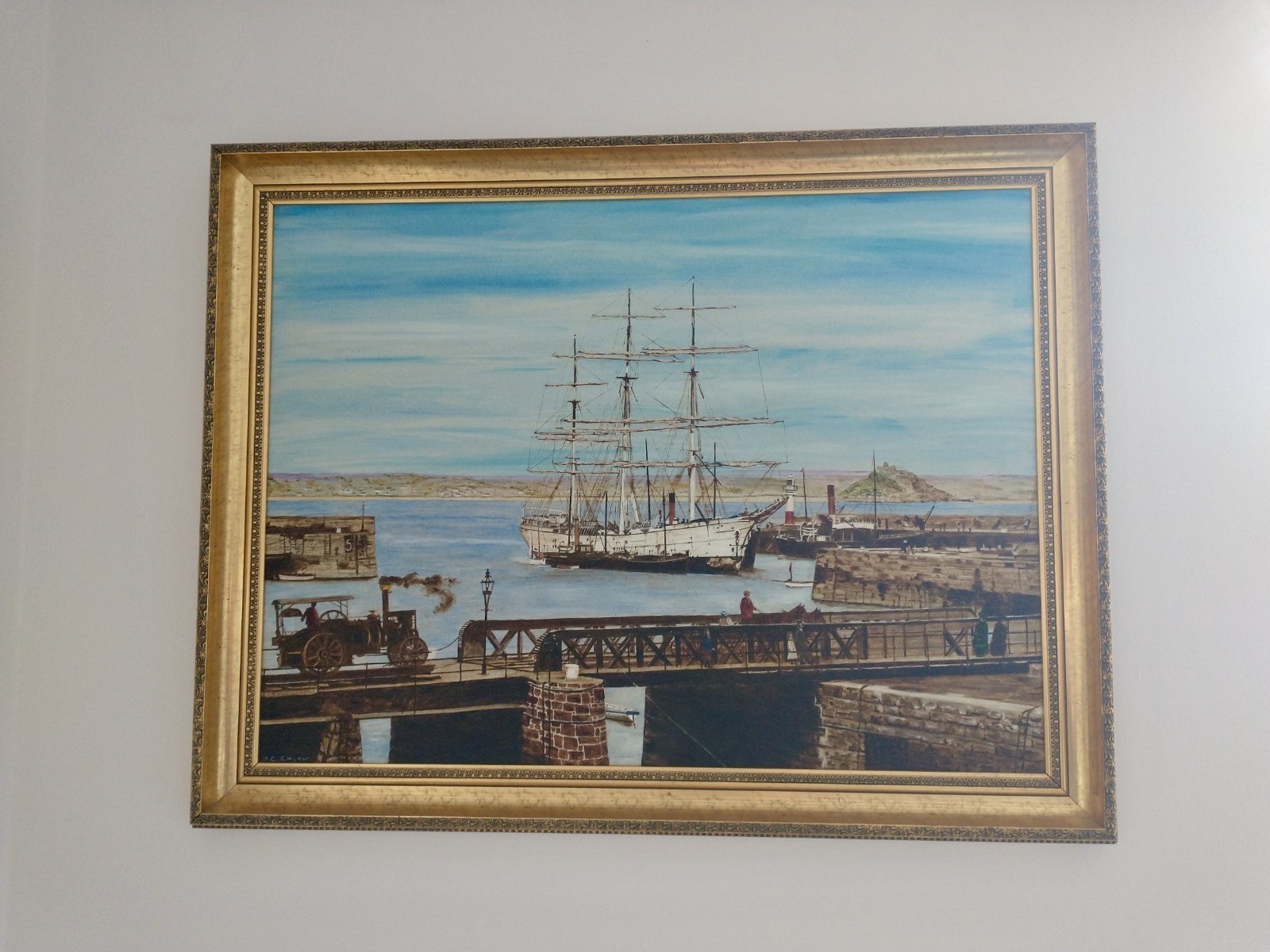
Dennis dedicated the latter part of his life to supporting Morrab Library and it became his life’s ambition to help ensure its future was secure. An incredibly determined man, he devoted fifteen years to obtaining planning permission for a much-needed extension to the Library which was completed in 2013.
When Dennis passed away in 2012 he left hundreds of his paintings to the library, a selection of which are on display in the Photo Archive. Our lovely volunteer, David Sleeman wrote a fascinating blog about the history of one of the scenes that Dennis depicted which you can read here.
Who was Patricia Eschen?
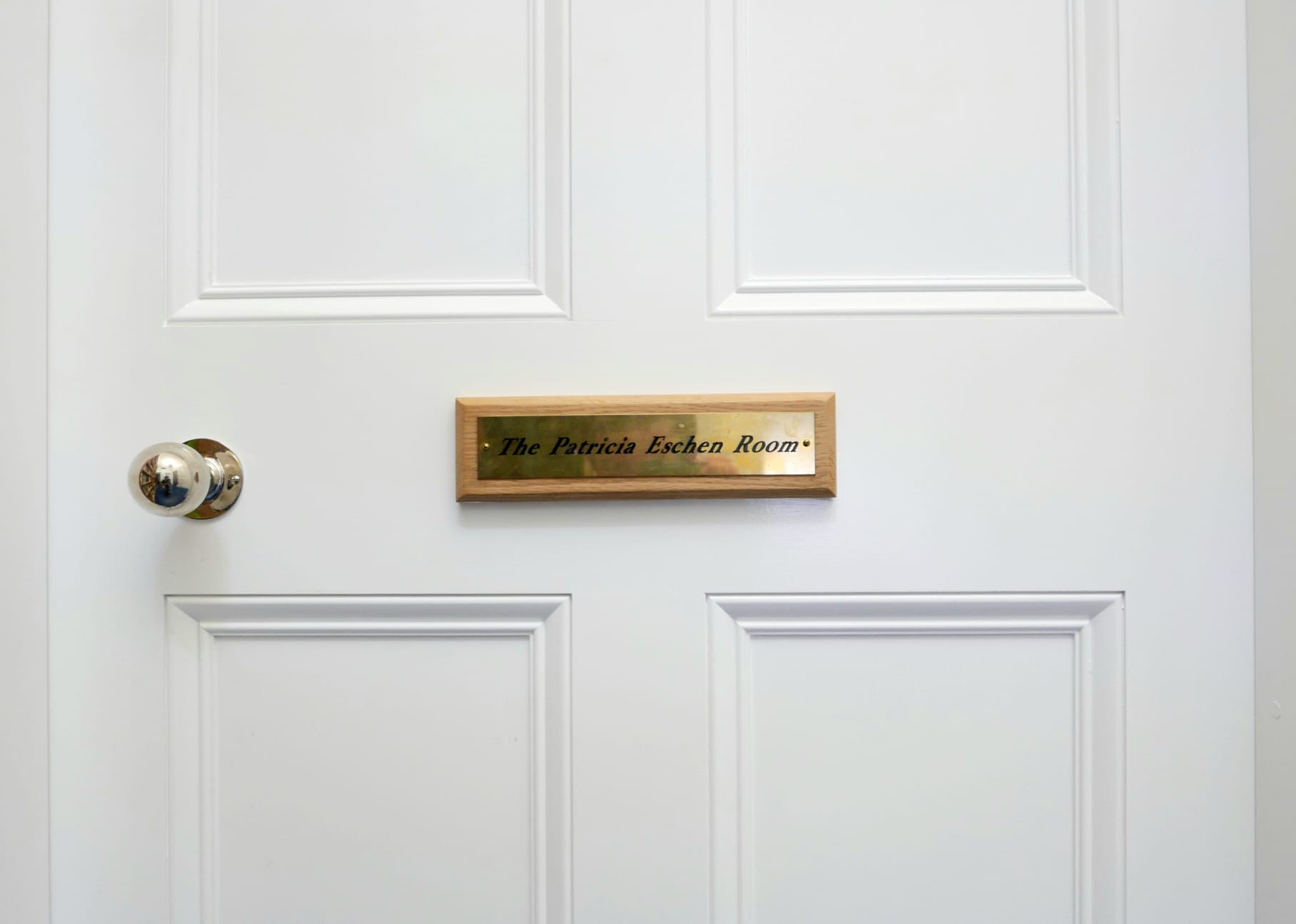
Our new poetry competition at the Library, the Patricia Eschen Prize for Poetry, acknowledges the generous support of Dennis’ beloved older sister and only sibling – Patricia Eschen. Patricia was outgoing and well-travelled and despite living in California for most of her adult life, she would return to Cornwall to visit Dennis regularly.
She loved the Arts and attended the opera, ballet and museums around the world wherever she travelled. The Library’s Art Room is named in her honour, and the prize will continue her patronage of the arts.
Patricia was instrumental in Dennis taking up oil painting. Many of the photographs from her travels were used as subject matter for his artwork, as well as photographs he purchased from the Morrab Library Photo Archive. Without her encouragement of his painting, Dennis would not have visited the library and hence there would be no Dennis Myner Trust today.
How do The Myner Trust help the Library today?

The Dennis Myner Trust helps to support the library through donations which are used to fund projects such as the bespoke conservation-grade photographic storage cabinets, computers, and professional scanning equipment in the Photo Archive, which has proved invaluable in our ongoing digitisation programme.
We are delighted to be able to launch the international poetry competition – ‘Patricia Eschen Prize for Poetry’ – from our very special library here in Penzance.
Our Library members have always shown a fervour for poetry – our earliest archive records reveal that poetry has been purchased for the library since our establishment in 1818. We have a thriving poetry group and a dedicated Poetry Room in the library. We are looking forward to shining a spotlight on poetry through our new competition this summer at the Morrab and we would not be able to do so without the support of the Dennis Myner Trust.
